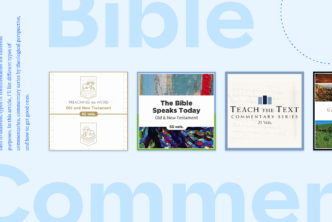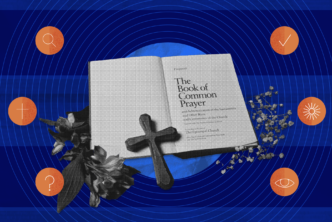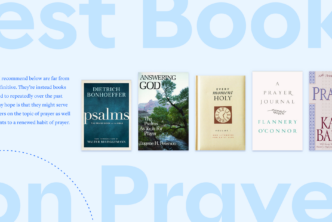By Casey Corum
Songs are [some of] the building blocks of our gathered worship times. And every week we have the privilege of selecting a group of songs that our congregations will sing back to God. This is serious business. If we do our job well, our song choices can provide a “sonic sanctuary” where people meet with the living God.
Here are five tips for building better worship setlists.
1. Approach new songs thoughtfully.
Our congregations take to new songs more slowly than our teams of musicians and singers. Also, worship leaders spend so much time with each song that we tend to tire of them long before our congregations do. When adding new songs to your setlists, choose them well and spread them out. As you introduce new material, continue to give people a steady diet of songs they love. This is one way we serve our congregations with our musical gifts, pastoring them well.
Here are some best practices for teaching new songs:
- About one new song every four to six weeks is a good rule of thumb. Be sure to lead any new song multiple weeks in a row (my personal preference is three to four consecutive weeks).
- It helps to teach a new song in sections, especially if it’s wordy. For example, the first time you teach a new song, start with only verse 1 and the chorus; in the following weeks, add other verses and the bridge.
- Include a little teaching moment in your worship set where you teach the chorus of the new song before you actually play it. Letting your congregation in on the process engages people at a deeper level. As worship leaders, the paradigm we’re often fighting against is that of a rock concert, where the expectation is for the band to perform and the audience to listen. When we take a moment to teach people directly, we subtly remind them that the real goal of our worship time is for all of us to sing together.
- I like to surround new songs with familiar, well-loved songs. With this in mind, I rarely end any worship set with a new song. I call these well-loved songs “blue-chips”—songs you can take to the bank, so to speak.
2. Identify your ‘blue-chip’ songs.
“Blue-chip” songs are the ones your congregation sings at the top of their lungs virtually every time you sing them. These can be classic worship songs, great hymns of the faith, or popular worship songs. In any given season of a church’s worship life, the list of blue-chips will shift as new songs move into this status and older songs may need to take a break or be phased out.
Some current blue-chips in my world are songs like “Great Are You, Lord” by All Sons and Daughters, “What A Beautiful Name” by Hillsong, “Build My Life” by Housefires, and “Saved” and “Let Your Kingdom Come” by Vineyard Worship. When building a weekend setlist, I know these songs (and others) will provide a solid foundation for our gathered worship times. Your current blue-chip song list may include some of these, or it may not. The point is to know your congregation’s trusted blue-chip songs.
3. Establish a sense of flow.
Setlists are more than just a group of disconnected songs. The way songs move in and out of each other can be just as important as the songs themselves. Here are a few ways to think about establishing a good flow:
- As you begin planning, consider each song’s tempo and energy. The classic worship set starts up-tempo, then moves to a middle place, and eventually settles into down-tempo, intimate songs. A common variation adds a lift in energy at the very end. This is a proven template, but there are other ways to shape your set.
- Song key is another consideration when thinking about flow. I often move a song to a higher or lower key so it fits better in the set. Whenever possible, I like to keep things in either the same key or related keys to enable easy transitions from one song to the next. (This isn’t a requirement, but I find it helpful.)
- Lyrical flow is another way to look at this idea. What do the songs we choose for a given week say about God? As we move from one song to the next, are the lyrics leading us somewhere?
4. Cut a song from your setlist.
We often try to fill our allotted musical worship time with the maximum number of songs. This can lead us down a road of over-planning each song and produce a sense of feeling rushed as we move through the worship set.
To help your worship set breathe, start by removing one song from the typical number you sing. Taking out this one song will give so much more room to the rest of the set.
Our gathered worship times should allow for moments of reflection and ample space for two-way dialogue between us and God—not just us doing all the talking.
5. Support farm-to-table songwriting.
I want to put in a plug here for songwriting at the local level. The story of your church worship community is a local story. We are not in the business of outsourcing and franchising our worship. We have the privilege and opportunity to create a beautiful, local expression that feels and smells like it comes from within our unique place rather than from without.
Many popular worship songs sung around the world have a local story; they started in a particular community of faith. Local songs have the power to express the seasons of a congregation’s life in ways that imported songs can’t.
Take up the challenge and see what God might birth in your community. Start a locally sourced, farm-to-table worship ministry.
***
This post is adapted from the original article that appeared in the July 2019 issue of Ministry Team magazine.






